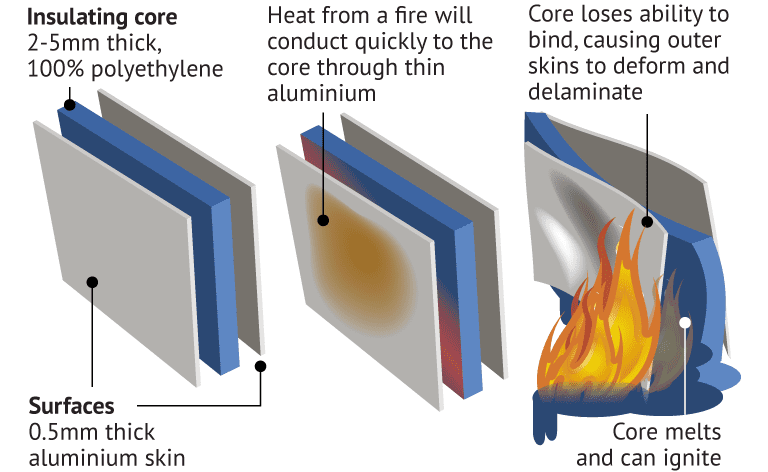Since the Grenfell Tower fire in 2017, causing 72 deaths and over 70 injuries, the safety of the material cladding buildings around the world has been brought into the spotlight.
Recently, the NSW Government has compiled a list of 444 buildings across NSW that are potentially clad in flammable material. However the Parliament has announced that it will not make this list public after having deemed it a security risk, citing arson and terrorism as its main concerns. To protect the secrecy of the list, the government has lodged a claim of privilege, arguing that the public release could also breach confidentiality, mislead the public and harm the interests of property owners.
The NSW Fire Brigade Employees' Union has criticised the decision to keep the list secret, saying that people who live and work in those buildings should know about the potential risk. In May in year it was revealed that flammable cladding was also used in NSW hospitals, posing a major fire threat to the public.
The Construction, Forestry, Maritime, Mining and Energy Union (CFMMEU) has deemed this part of a wider, Australia-wide 'construction crisis', and has demanded federal intervention. The union argues that state governments lack the skills and infrastructure to properly deal with this issue, and this failure has cost Australia $10 billion in the past decade alone.
The CFMMEU Report estimates that the cost of rectifying apartment defects, including flammable cladding, could be over $6 billion. It is unclear who will bear the cost and the blame for the defects. There is culpability extends from those responsible for proposing flammable cladding, to local councils and governments for approving its use, and building contractors for fitting buildings with these materials.
This is a live issue, as the Union has appealed the privilege of the cladding list. We hope that the government takes some time to ensure the building standards imposed in NSW are adequate and able to protect the community.


